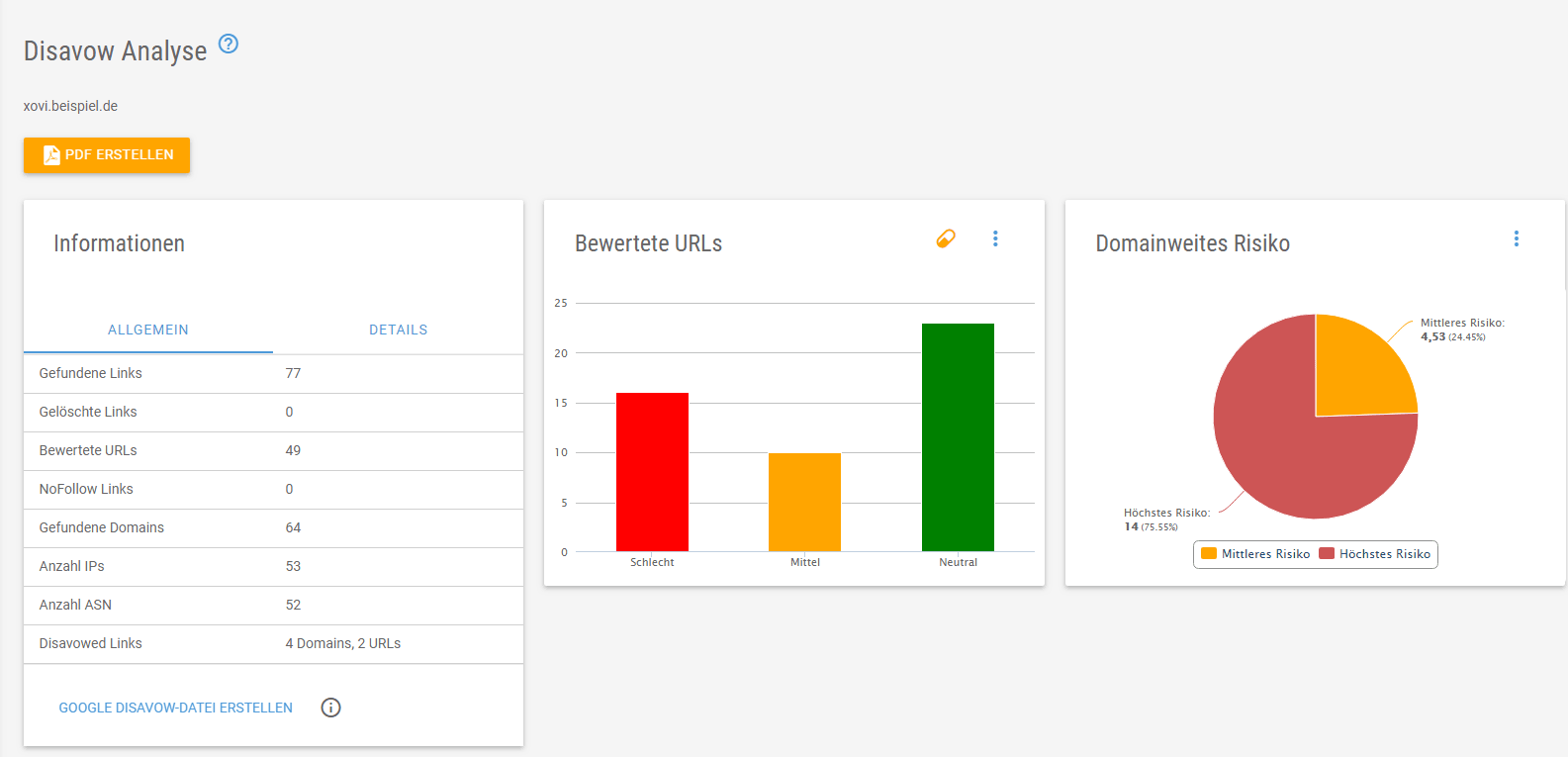While many hit the panic button in the first days after a Google update, experienced SEOs know how to keep a cool head. According to latest findings, which were also confirmed by Pedro Dias (Tweet), the Google algorithm update of August 1st, 2018 did not target a specific industry, contrary to popular suspicions.
Also, the August 1 core algorithm update was’t designed specifically to target health or YMYL websites. It was just a happy coincidence that it also impacted sites in that vertical.
— Pedro Dias (@pedrodias) 19. August 2018
Don’t Panic when the Medic comes
In the SEO scene, the term “Medic” update for the Google core update of August 1st has spread within a few days. Barry Schwartz, a well known figure in the US SEO scene, coined the term for the latest core update – and the rest jumped on the bandwagon. After all, it sounds nicely dramatic, doesn’t it? The implied targets of the update were thus irrevocably established. A little too hastily, perhaps.
Unlike SEA, SEO focuses on building long-term online marketing success. It is therefore important not to see Google Updates as the SEO strategy dictator of the first hour. Google core updates should not be ignored, of course. After all, with the Google Updates Panda and Penguin the SEO world has changed in the long run. However, since the use of RankBrain (Google’s artificial intelligence in the algorithm), Google has been releasing far fewer major updates with massive SEO implications since last year.
Doc Mueller knows
For Google, good content has been a top priority when it comes to satisfied searchers even before the Panda update. By using RankBrain, user behavior became part of the content experience. Throughout the year, smaller updates have been and will be released. Good content will always be an indicator of a high quality website – and therefore be a ranking factor. For the Google core update of 1.8 John Mueller has already confirmed this:
Each day, Google usually releases one or more changes designed to improve our results. Some are focused around specific improvements. Some are broad changes. Last week, we released a broad core algorithm update. We do these routinely several times per year….
— Google SearchLiaison (@searchliaison) 12. März 2018
“Good content” is primarily about satisfying the user intent. To provide answers or other information underlying a search query. It also needs to be as user-friendly as possible with the content and formats that make up the ideal mix of user intent and user experience.
Mueller at Webmaster Hangout from 21.08.2018
So the fuss lasts. The SEO world is scratching its chin. What now? The tweets from Google provide the usual vague answers. Maybe John Mueller has more concrete answers in the webmaster Hangout, thought Barry Schwartz and asked for more information in the Google webmaster Hangout on 21.08.2018.
“I was wondering if this any advice, outside of the advice already given to those who were impacted by the August first ish broad core update. Is anything more you want to tell anybody about that, that hasn’t been communicated outside of just keep working on your site and making it better?”
John Mueller said:
“Not really. So that’s something we have looked at together for a while, to see what we can tell people about that. But essentially these are algorithmic changes as they can happen any time. And it’s not a matter of us saying like these sites are bad suddenly and they need to change. But rather things have evolved like things change overall and then that can be reflected in the search results as well.”
Basically, it’s nothing new. And that’s not really surprising. Changes in the algorithm can happen at any time. After all, it’s a learning AI and not a man-made schedule. It can be large or small changes.
To react immediately to every change, would be bad SEO. Panic reactions do not allow for a long-term SEO strategy. All you get is paranoia – constantly being afraid that the end is nigh if you don’t take immediate action.
The Medic update examined
For four weeks the Medic siren has been shrieking so loud in the SEO scene that it almost silences other topics. Yes, there was a core update. Yes, it seems that the healthcare industry has caught a fever that was particularly high in the first few days. “Medic” Indeed.
Every cold passes
As has already been made clear, the affected industries were not specifically nor exclisively healthcare and medical. A look into the XOVI Suite also confirms this insight.
After all, even fashion and department stores such as Karstadt (a German department store) and Asos were also affected by the update. But the most important thing can be seen in the further course of the graph. The turbulence of the update died down after only about a week. An immediate reaction to the drop in the rankings would have been fatal and ultimately unfounded. It’s like a vaccine. In the first days, the body may react with symptoms, which then subside. Domains that were subject to strong fluctuations in the first days after the roll-out of the Medic update are gradually recovering. It is therefore important to monitor the effects over a slightly longer period of time.
Additional note:
Furthermore, not all so-called YMYL (Your Money Your Life) pages were negatively affected by the Google update, as the domain of the German North Rhine Medical Association shows:
The same can be observed at the German Health Insurance Center krankenkassenzentrale.de:
Also, there was no drop for Deutsche Bank, which should have been effected by the Medical update if it was specifically targetet at YMYL-sites.
Experienced SEOs know that they should observe the effects of such core updates for a while before really taking action.
Best practice tips: stay safe with Google updates
Of course, there’s no way Google Updates won’t affect you in any case. Penguin and Panda have fundamentally changed the world of SEO. There will also be such updates in the future. Voice search is a big topic that will most likely lead to far-reaching changes in the years to come. Wouldn’t it be fun if the voice search update was named “Parrot”? Technology is evolving, and so are the information- and search behaviour of users.
Google’s ultimate goal is to provide users with exactly the answers in the format they are looking for.
This makes content a future-proof strategy for securing your rankings. For a long-term SEO strategy, make content one of your pillars. It is important that you think about content and content format. Deal with videos. See what content ranks on different devices, in which form, and on which topics. Check how important voice search is for your industry, because the new Schema.org markup ‘speakable’ is already in its test phase.
But the motto “the more the better” does not apply here. Don’t get overweight and lazy, stay fit and agile.
In concrete terms, this means:
1. Muscle building: Keep on developing your content
Don’t just bring content online and have it fade away in the archive. It makes sense to practise so-called republishing. Grow your content. Revise it. Gradually transform a page into a holistic page enriched with more relevant or updated content.
via GIPHY
2. Proteins and fat: Check what you take in
With a good onpage analysis you are able to discover the most important construction sites of your page. For your site and your content to run like clockwork in the future, you should always have a look at your keywords in the context of the onpage analysis. A good WDF*IDF analysis makes it possible. However, only use the keywords that are relevant to you for analysis.
via GIPHY
3. Weight loss: Get rid of useless content
Extra pounds: the unloved pounds also exist when it comes to content. Even your users don’t want to see it anymore – the traffic is gone. Accept this user signal. Get rid of content that no longer generates traffic. It has been shown that fewer indexed pages (which in turn are more relevant) can lead to an improvement in the ranking. See if you can place the content in the form of republishing on holistic pages, then delete the old page and forward it sensibly.
via GIPHY
4. Junk Food: Give up unhealthy linkjuice
You don’t drink Coke all day, either. Take a look at your link management and check the quality of your backlinks. What does you no good, you can have invalidated with the Disavow tool. With the right tool you can simultaneously discover and control potentials for healthy link building.
via GIPHY
Conclusion: don’t panic
So the next time there’s a Google update, don’t jump the gun if you see a drop in your rankings in the first few days after the update. Take these tips to heart and stay calm during the flood of early “Winners and Losers of the Google Update” lists that sprout like mushrooms. Take the time to look at your performance with the right tool to see when and where it is important to act.
via GIPHY
 English
English







